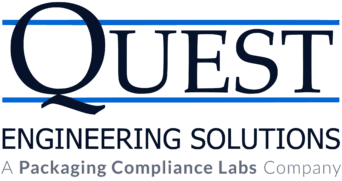
Quest Engineering Solutions is a leading provider of reflow solder temperature simulation testing and many other testing services.
Reflow solder simulation testing is performed to ensure that surface mount devices (SMDs) will remain functional after being exposed to the temperature extremes encountered during reflow soldering production runs.
SMD component manufacturers and semiconductor companies must typically subject packages to multiple reflow profile cycles in order to test component survivability in assembly processing at peak solder reflow temperatures. Typically, SMDs are processed through a reflow profile multiple times to simulate a double sided PCB assembly process, plus one more cycle in case of rework or repair. Post reflow cycling, the parts are typically inspected visually with or without magnification, and/or electrically tested for any damage or deterioration.
Quest Engineering Solutions provides reflow solder simulation testing of various sized components. Our state-of-the art Reflow test chamber allows for the customization of a wide range of different reflow solder profiles, up to a maximum temperature of 310°C. The test chamber is also equipped with liquid nitrogen boost to allow for various cool-down rates following simulation at high temperature.
Please contact us today for pricing and scheduling information.
Common Reflow Test Standards
- JEDEC J-STD-020 – Standard Moisture/Reflow Sensitivity Classification for Non-hermetic Surface Mount Devices (SMDs)
- ISO TM-650 – Thermal Stress Convection Reflow Assembly Simulation
- IEC 60068-2-58 – Test methods for solderability, resistance to dissolution of metallization, and to soldering heat of surface mounting devices (SMD)
